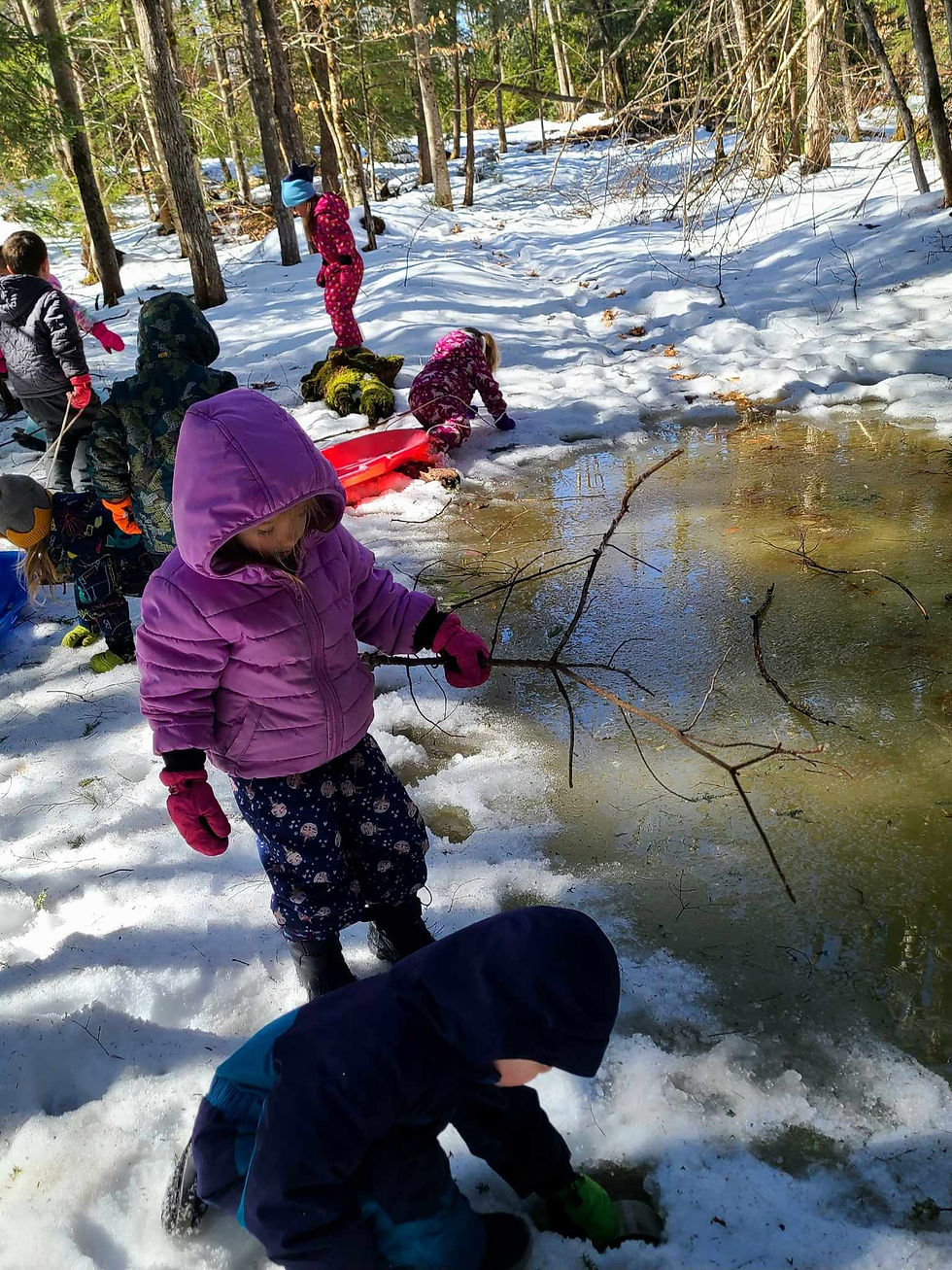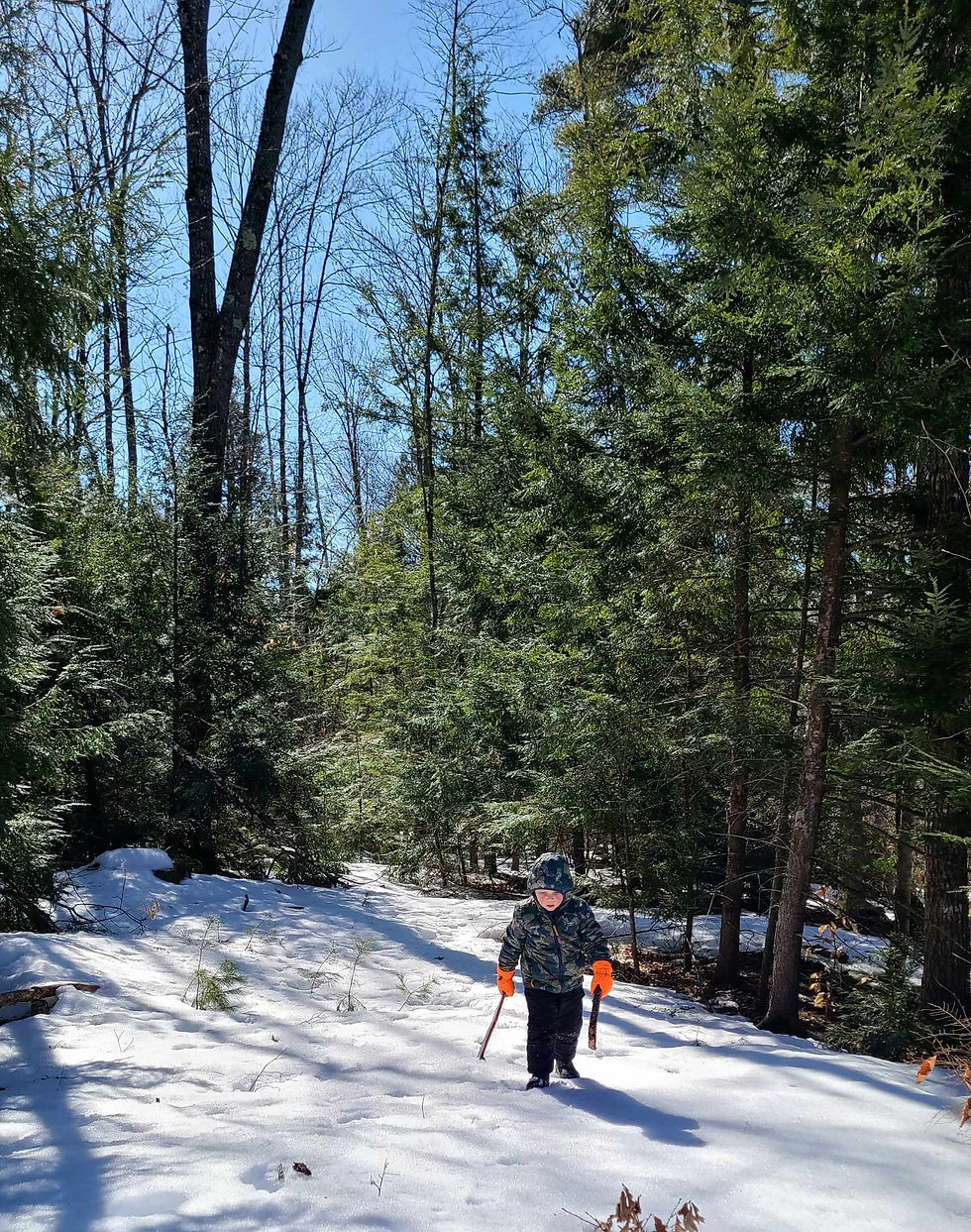- Rowan Cable
- Sep 20
- 2 min read
The beginning of a new school year is always magical, but there's something particularly special about those first weeks when our youngest learners step into our learning community for the first time. As we welcomed both returning friends and new faces into our classroom, we embarked on the most important journey of all: building the foundation of trust, connection, and belonging that will carry us through the year ahead.
Creating Connections, One Moment at a Time
Our focus during these initial weeks has been intentionally gentle and relationship-centered. We know that before any meaningful learning can take place, children need to feel safe, seen, and valued within their environment. Each morning has brought opportunities for our learners to discover not just the physical spaces around them, but the social landscape of their new classroom community.
During our daily circle times, we've watched shy smiles gradually bloom into confident giggles as children learned each other's names through songs and games. There's something beautiful about witnessing those first tentative friendships forming—a shared laugh over a silly song, playing chase with a new friend on the playground, or simply sitting close together during story time. These moments remind us that relationships truly are the heart of all learning.
Learning Our Daily Rhythm
Establishing routines and rhythms has been another cornerstone of these early weeks. Our youngest learners are beginning to understand the comforting predictability of our day—when we gather for circle time, when we'll head outside, when we'll share snacks together. This predictability creates a sense of security that allows children to fully engage in learning and play.
Exploring Our Learning Spaces
One particularly magical moment this week perfectly captured the wonder and imagination that flourishes in our outdoor spaces. A child curled themselves into our hammock and proclaimed with delight, "I am a caterpillar in a cocoon!" This spontaneous declaration sparked something beautiful—suddenly, other children were lining up for their turn to transform into caterpillars, wrapping themselves snuggly in the hammock's embrace. The infectious joy of imaginative play reminded us how outdoor environments naturally invite children to see possibilities everywhere.
Our new tire swing has become another focal point for rich learning experiences. Children are discovering the satisfaction of pushing their friends almost as much as they enjoy their own turns swinging. We've witnessed countless moments of negotiation, turn-taking, and problem-solving as they navigate sharing this popular piece of outdoor equipment. These interactions are teaching empathy, patience, and cooperation in the most natural and meaningful ways.
Looking Forward
As we look forward to week four, we're struck by how much growth we've already witnessed. Hesitant explorers are becoming confident adventurers in both our indoor and outdoor spaces. Every child who walks through our doors brings their own unique light, their own questions, and their own way of seeing the world. Our job is simply to create the conditions where that light can shine brightest—through relationship, through connection with nature, and through the kind of respectful, child-centered approach that honors their innate wisdom and wonder.
The foundation is set. The relationships are budding. Our learning community is taking shape. We can't wait to see where our journey together will take us next.









































